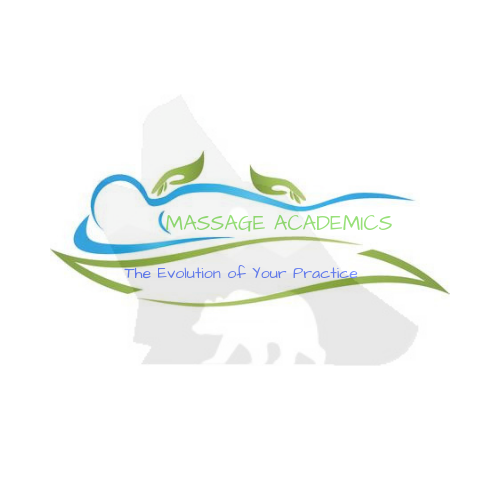
It May Be Hard, Never Give Up
Running a small business isn’t easy, even during the best of times. According to the United States Small Business Association:
● 30% of small businesses fail within two years
● 50% fail within five years
● Only 25% of companies last 15 years or longer.
Any small business owner will tell you that running a small business is challenging. You have to manage a thousand moving pieces, ensuring that you stay on top of cash flow, employee performance, sales, marketing, and many other factors. Many owners struggle to manage all the different elements and their business struggles as a result. When circumstances get tough, running a business becomes an even more significant challenge.
Throughout the years, many events have occurred that placed a squeeze on businesses:
● The Great Depression
● World War I and World War II
● The Cold War
● The 2008 housing market collapse

During these difficult times, many small businesses folded under pressure. They simply weren’t able to keep going. But many companies have survived these incredibly challenging circumstances. Some of them have even thrived.
In the early 1920s, Prohibition prevented the sale of alcohol in the United States. As you can imagine, this made things difficult for producers of alcohol. But many companies adapted and came up with creative ways to save their businesses:
● Yuengling made ice cream
● Pabst made cheese
● Coors produced dinnerware
● Schlitz churned out chocolate
● Stevens Point Brewery went into the soft drink business
The point is that your business can make it through hard times. You’ll need to get creative. You’ll have to take decisive action. And you’ll need to make tough decisions. But you can do it!
In his book How The Mighty Fall, Jim Collins wrote: The signature of the truly great versus the merely successful is not the absence of difficulty, but the ability to come back from setbacks, even cataclysmic catastrophes, stronger than before. Great nations can decline and recover. Significant companies can fall and recover. Great social institutions can fall and recover. And great individuals can fall and recover. As long as you never get entirely knocked out of the game, there remains always hope.
Don’t give up. There is always hope! In this small business survival guide, you’ll discover practical steps to take that will help your business thrive amid difficult times. Doing these things won’t make things “easier,” but they could be the difference between your business surviving or dying. Ready? Let’s dive in.
Manage Your Mindset
If your business is struggling, it’s essential to manage your mindset. When things get tough, it’s really easy to enter a downward mental spiral. You start thinking about all the circumstances that brought you to where you are. You second guess yourself, wondering whether you would be in a better place if you acted differently. You begin to doubt your abilities and whether you can ever succeed. The more you engage in these thoughts, the worse you’ll feel.
As you work to stabilize and turn around your business, it’s crucial to maintain a positive mindset. Now, to be clear, this doesn’t mean that you pretend everything is okay or bury your head in the sand. It means that you maintain faith in your ability to bring about positive outcomes. A positive mindset also means that you are resolved not to give up. Keep striving to improve things and bring your business to a place of health. If you’re struggling to maintain a positive mindset, remember that almost every great business leader has endured struggles similar to yours:
● Thomas Edison failed thousands of times before he was able to develop a fully functioning lightbulb.
● Apple almost collapsed under bankruptcy when Steve Jobs was president.
● Bill Gates’ first business was a complete and total failure.
● Henry Ford’s first automobile business went bankrupt within a year.
Despite all these difficulties, these individuals experienced great success. Why? Because they persevered and were incredibly resilient. Steve Jobs said: I’m convinced that about half of what separates the successful entrepreneurs from the non-successful ones is pure perseverance. It is so hard, and you pour so much of your life into this thing; there are such rough moments in time that most people give up. And I don’t blame them; it’s really tough. If you want your business to succeed, you need mental toughness. You must be able to persevere in the face of difficulty and keep going even when things look bleak.
Follow these steps to overcome a negative mindset:
1. Pay attention. It’s easy to let negative thoughts swirl in your mind without putting up a fight. If you’re going to overcome these thoughts, you must be aware of what you’re thinking. You need to be able to identify unhelpful mental patterns as they occur.
2. Question. As negative thoughts arise, question them. Is what you’re thinking true? Most likely, it isn’t. Mentally push back.
3. Silence. After you’ve questioned and answered your negative thoughts, begin to silence them. Avoid letting the same thoughts steal your mental energy. You know they’re not true, so shut them down at the start. Imagine that you have a remote and that you can mute your inner critic with the touch of a button.
4. Replace. As you shut down your inner critic, fill the silence with positive, helpful dialogue. Regularly remind yourself that you are strong, overcome challenges, and grow amid difficulty. As you push through problems and challenges, remember why you got into business in the first place. What big problem were you passionate about solving? What motivated you to take the risk of starting a business instead of playing it safe and taking a corporate job? Seek to tap into the emotions and desires that initially pushed you to create your business. They can be the driving force that helps you make tough decisions and get things back on track.
Business Mastery can help you navigate these challenges and create the mindset of positivity and success!

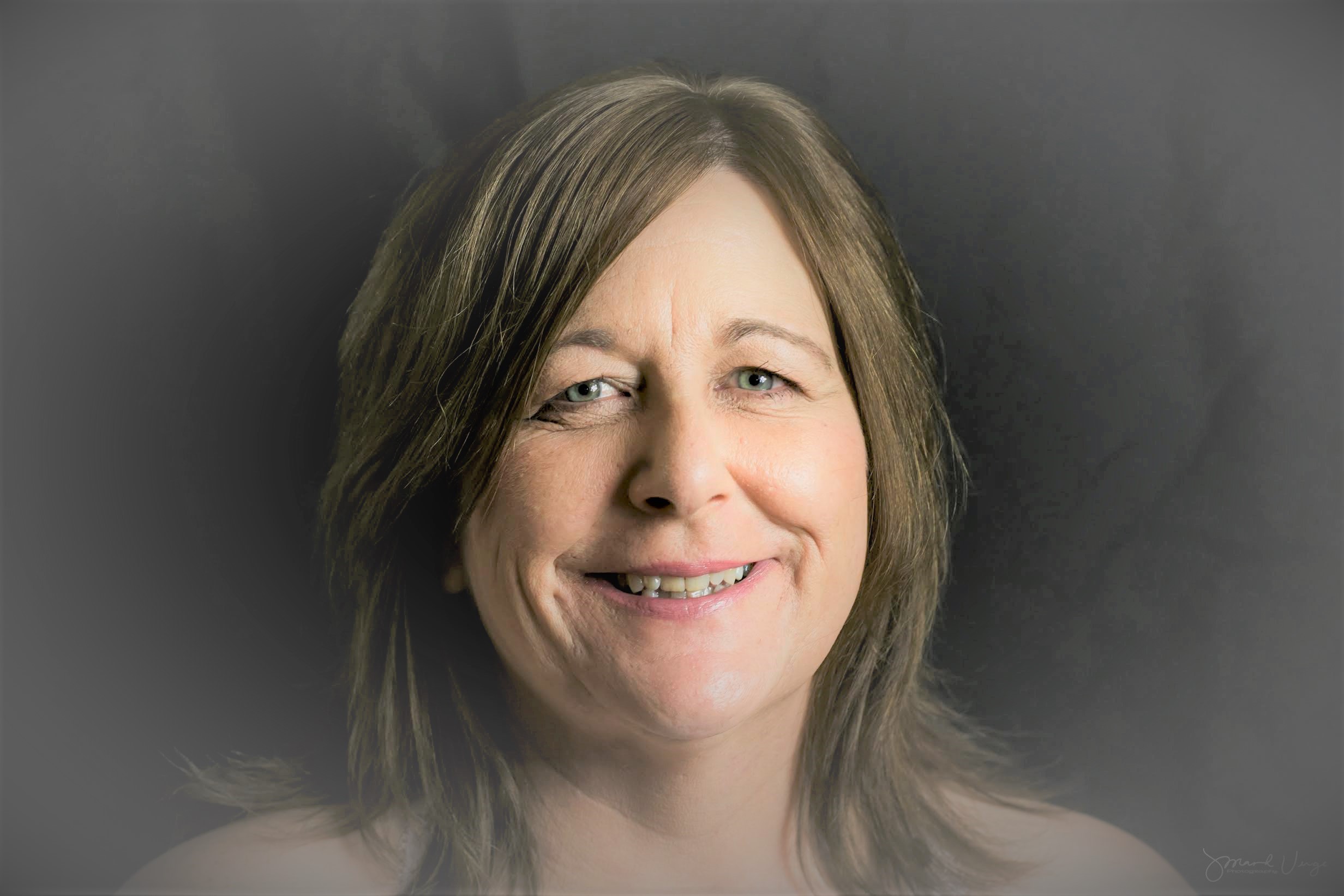
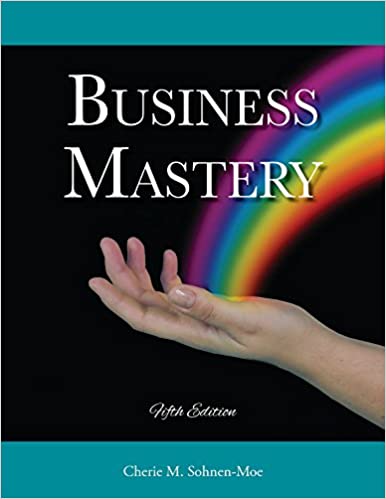
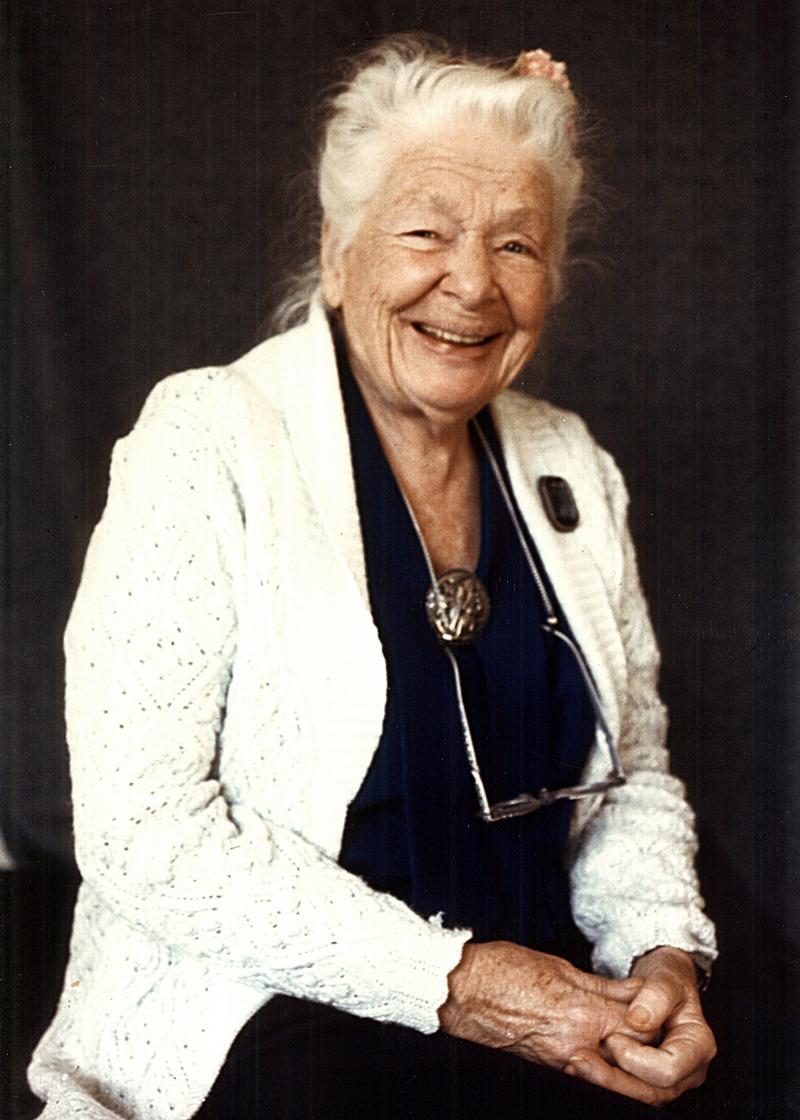
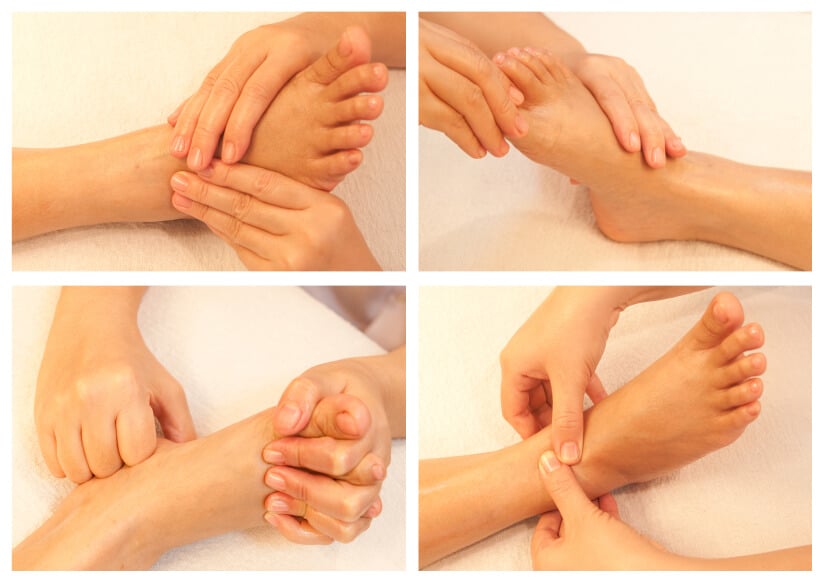
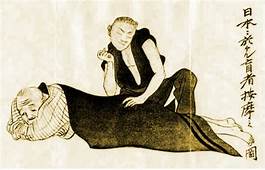

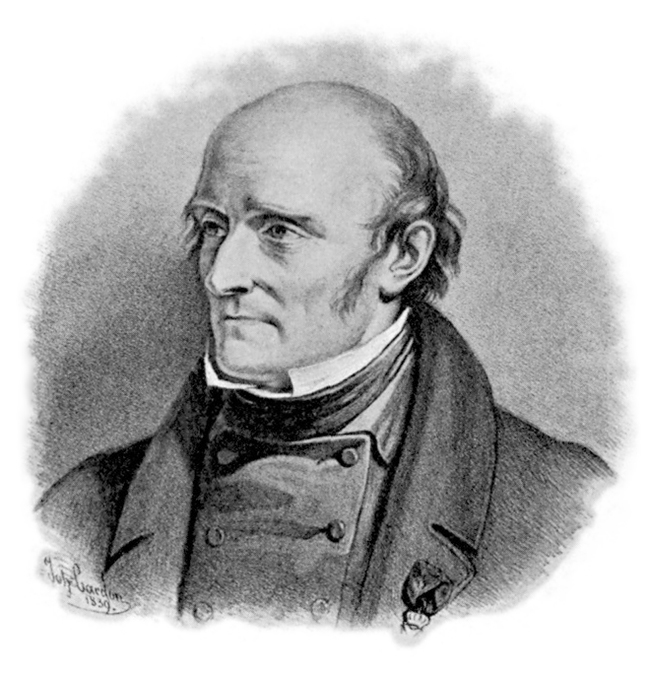
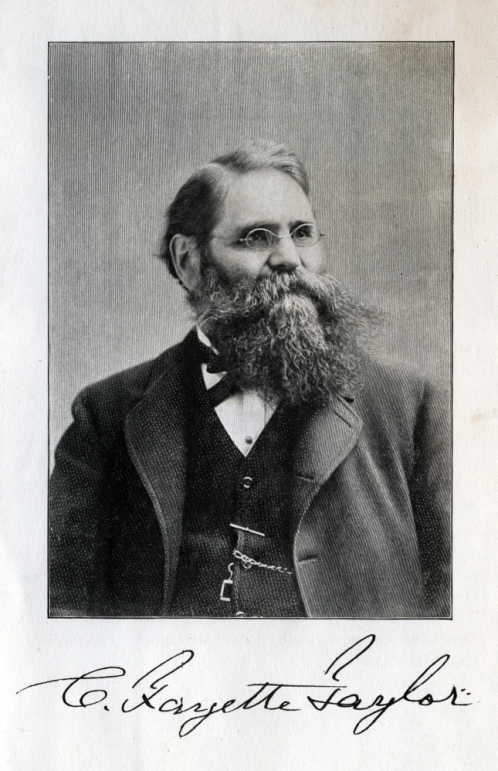


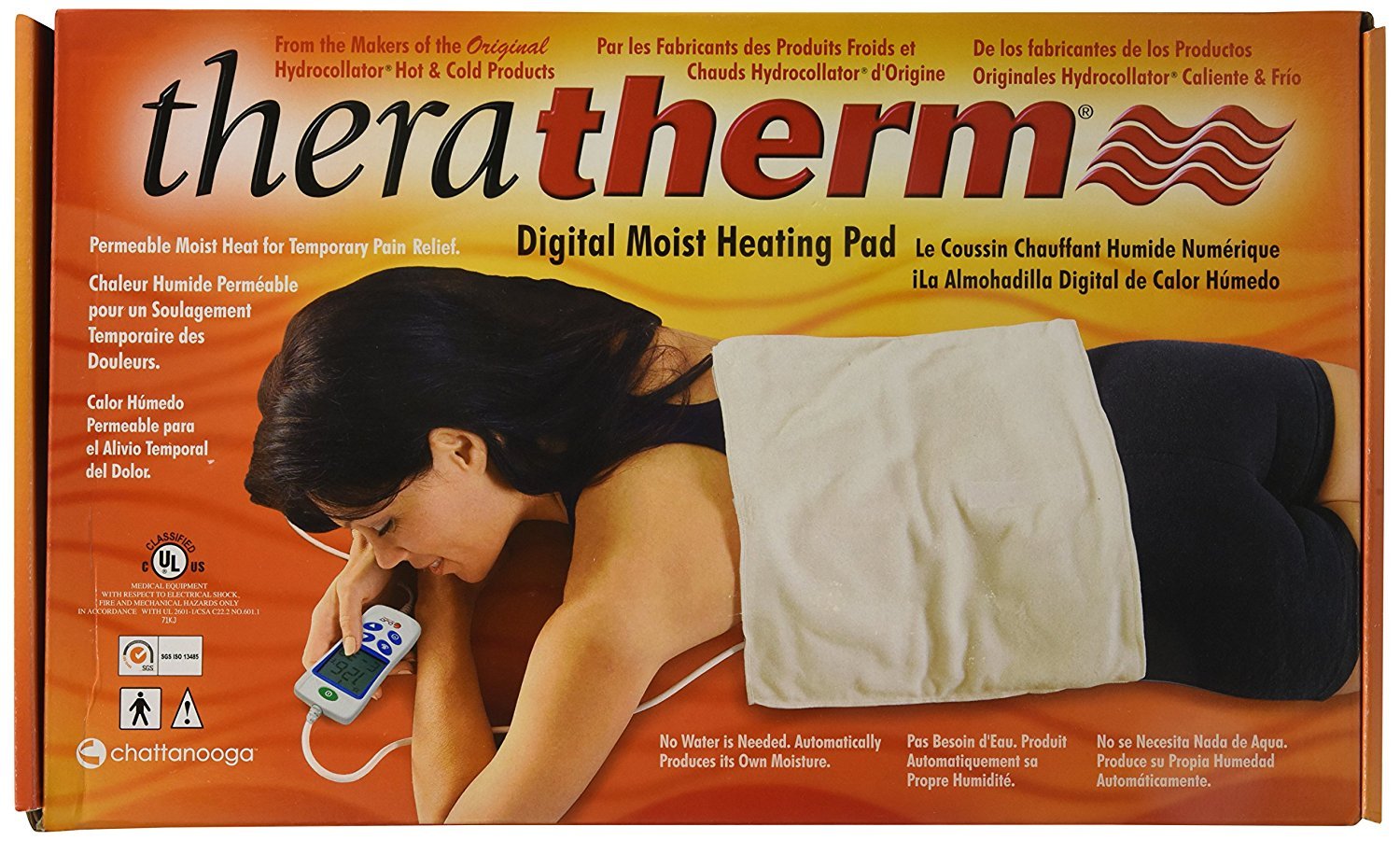




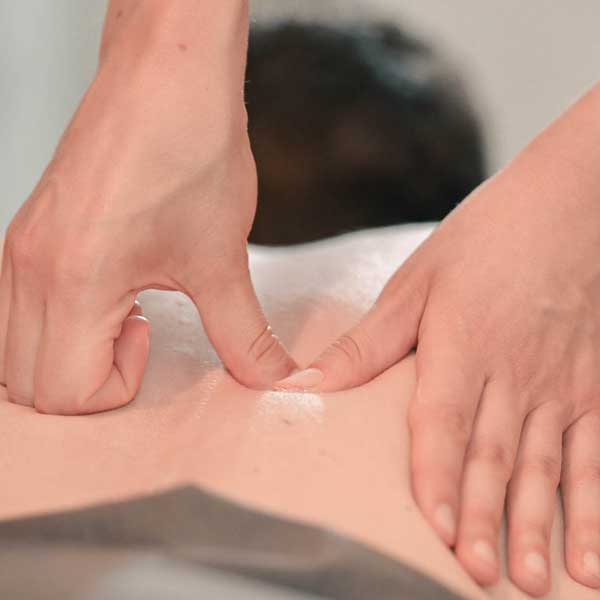
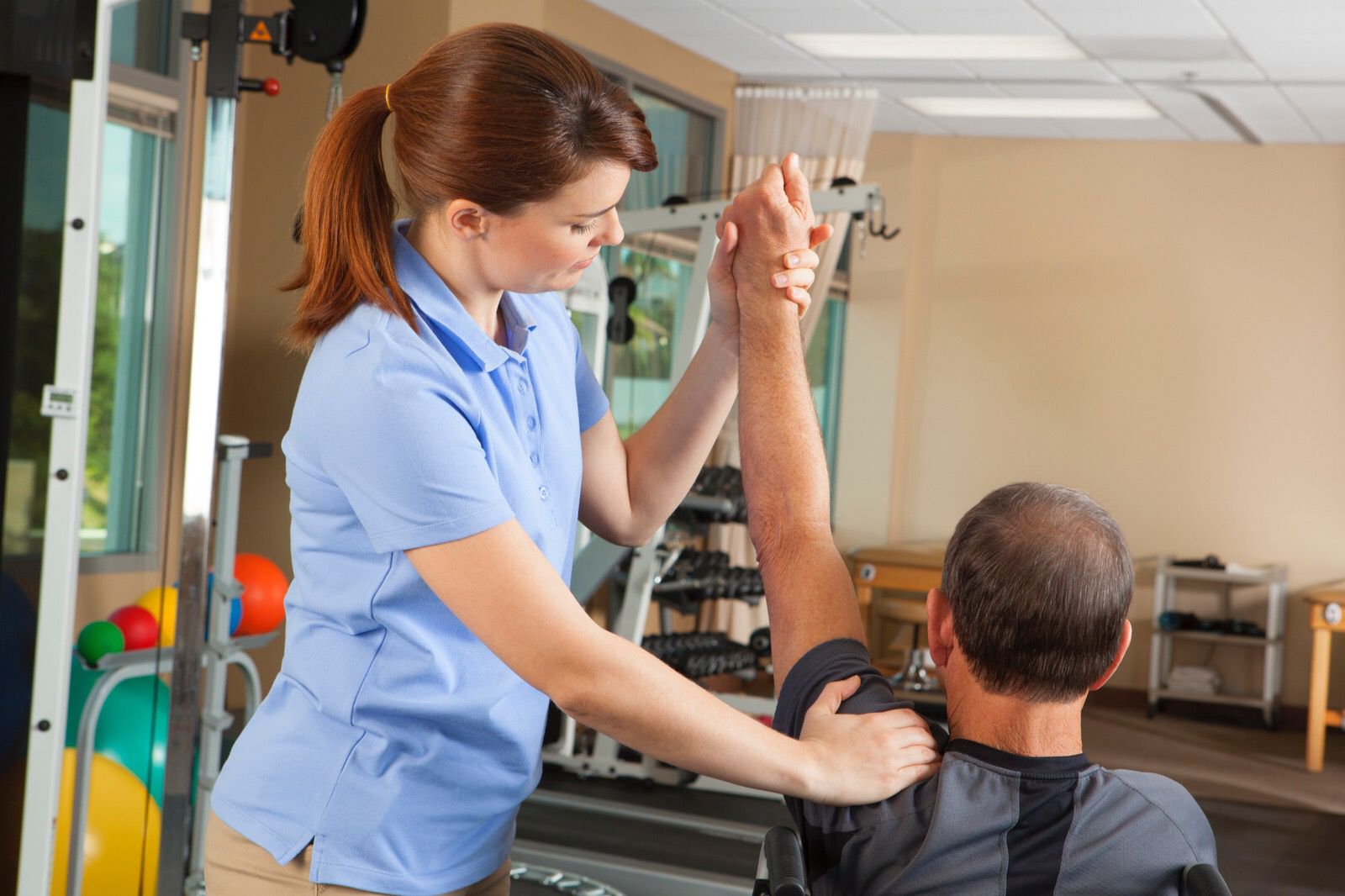
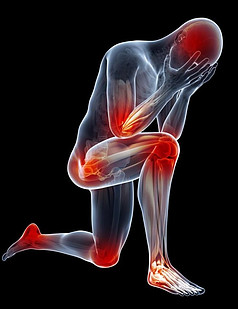


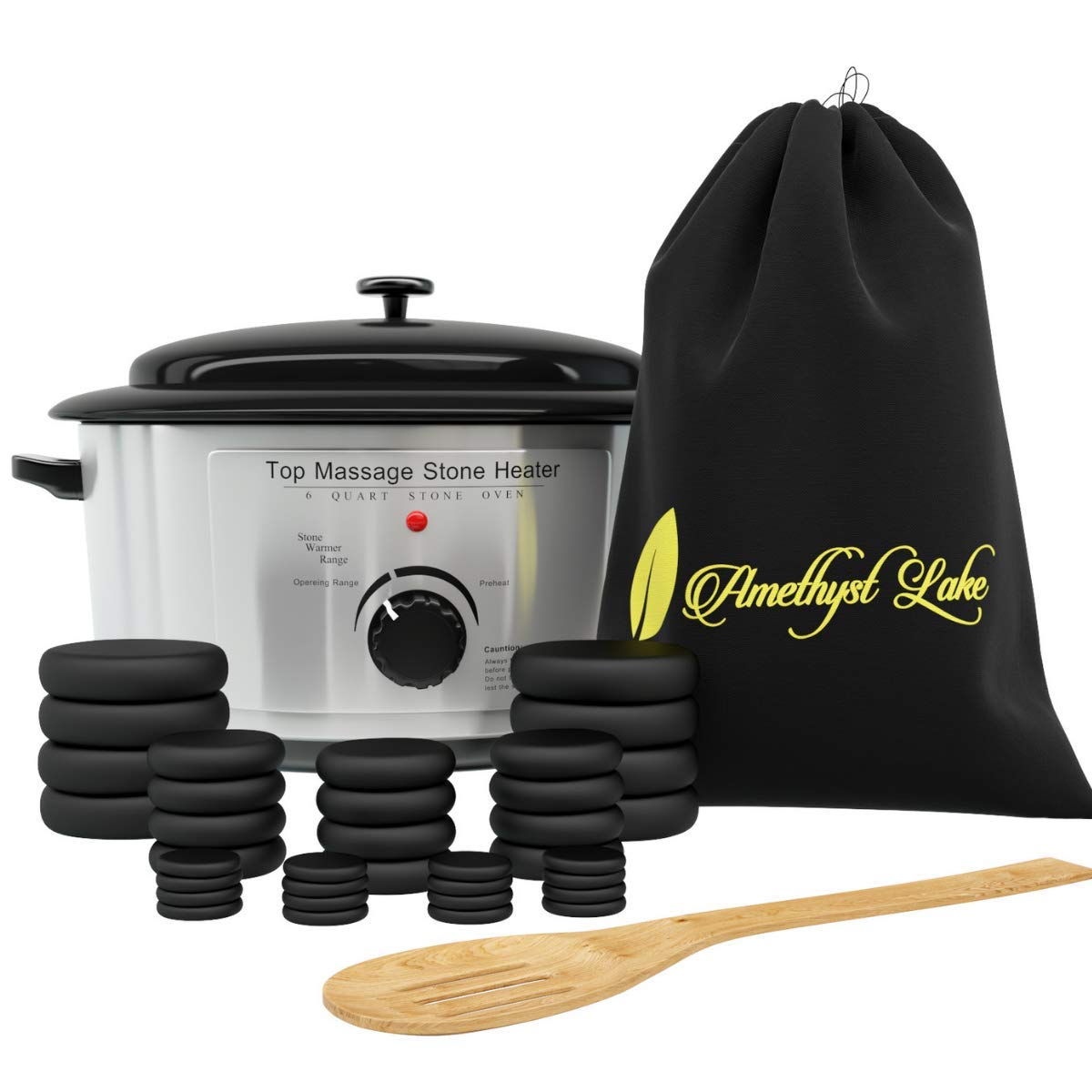
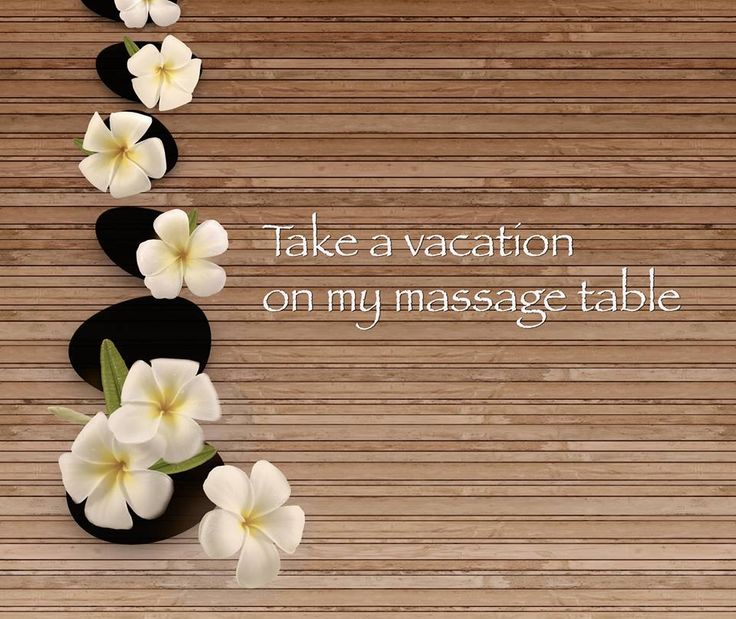
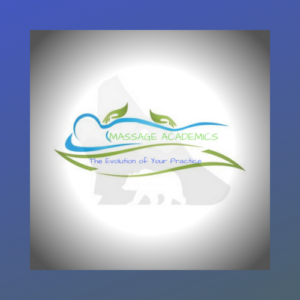
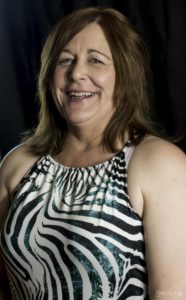
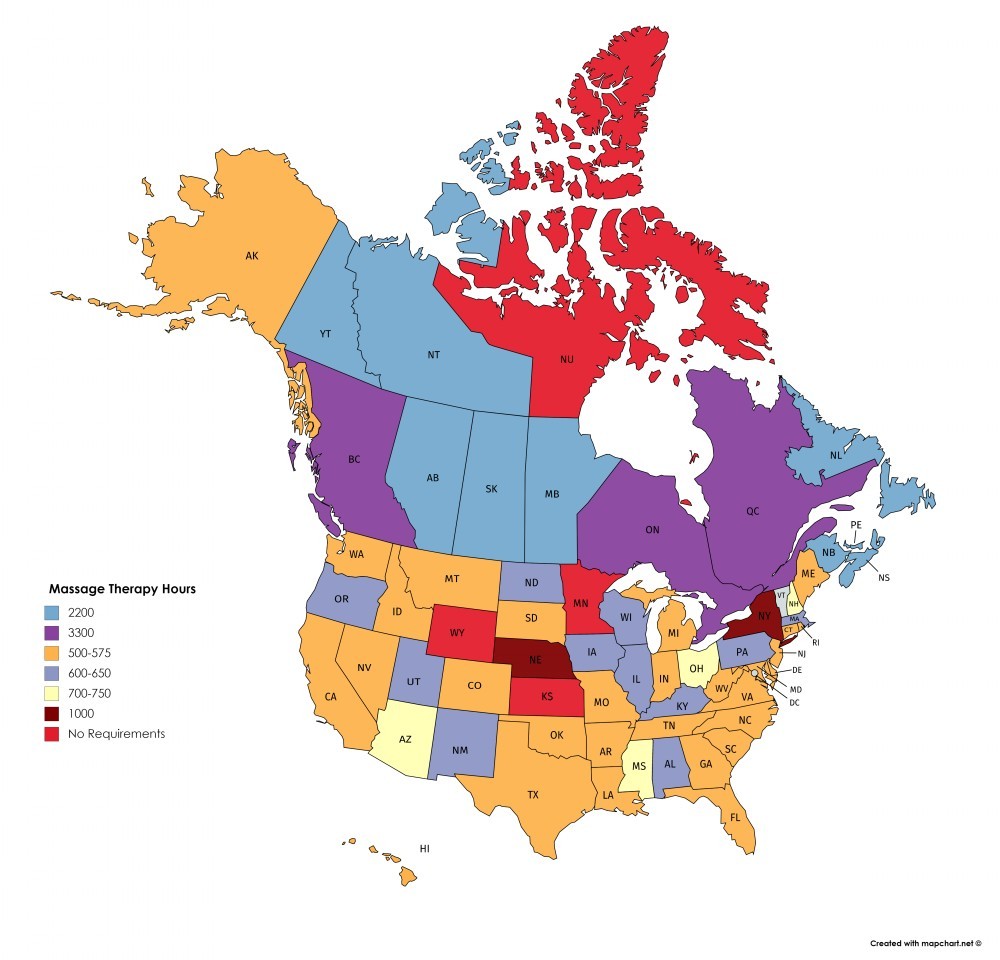
Recent Comments